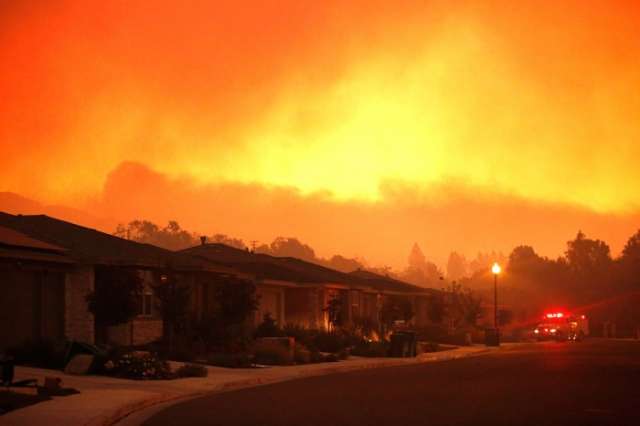In a 2015 study, Otto examined whether climate change made the heatwave more likely. She simulated temperatures in Argentina with and without humanity’s greenhouse gas emissions and found that heatwaves like the one from 2013/14 were significantly more likely when our emissions were included.
“Anthropogenic climate change made the Argentinian heatwave approximately five times more likely,” says Otto.
The next step was to determine which countries were responsible.
Climate justice
Otto’s team calculated how much carbon dioxide each country had emitted between 1850, the dawn of the industrial era, and 2013. They found that the European Union (including the UK) contributed the most to making the heatwave more likely. The EU was followed by the US, China and the rest of Asia. South America, where the heatwave occurred, came in fifth.
This arguably underplays the role of Western nations. That is because the emissions from manufacturing a product are attributed to the country where the product was made, rather than where it was consumed. While emissions from countries like China and India are increasing, the goods manufactured there are often consumed in affluent countries.
Many climate activists argue that developed countries, which have historically contributed the most to climate change, should be held most responsible for stopping it.
“The aim of the study was to explore what science could contribute to the debate about climate justice,” says co-author Ragnhild Bieltvedt Skeie of the Center for International Climate and Environmental Research in Oslo, Norway.
However, it is unlikely that Western nations will be made to pay up to pay damages for fouling the atmosphere anytime soon. The Paris climate change agreement of 2015, which almost all countries have now signed up to, focuses primarily on cutting greenhouse gas emissions. As the study observes, the agreement “ruled out the possibility that addressing loss and damage associated with the adverse effects of climate change should provide a basis for liability or compensation”.
Instead, co-author Myles Allen, also at the University of Oxford, wants to take the world’s biggest emitters to court for their role in causing climate change.
“The ability to look at individual extreme events and assess if climate change played a role is quite significant for climate change litigation,” says Heidi Cullen of Climate Central in Princeton, New Jersey. “Now for the first time, we may be able to hold those who create the emissions responsible for the damage that they do.”
The original article was published in the Newscientist.
More about: #climatechange
















































